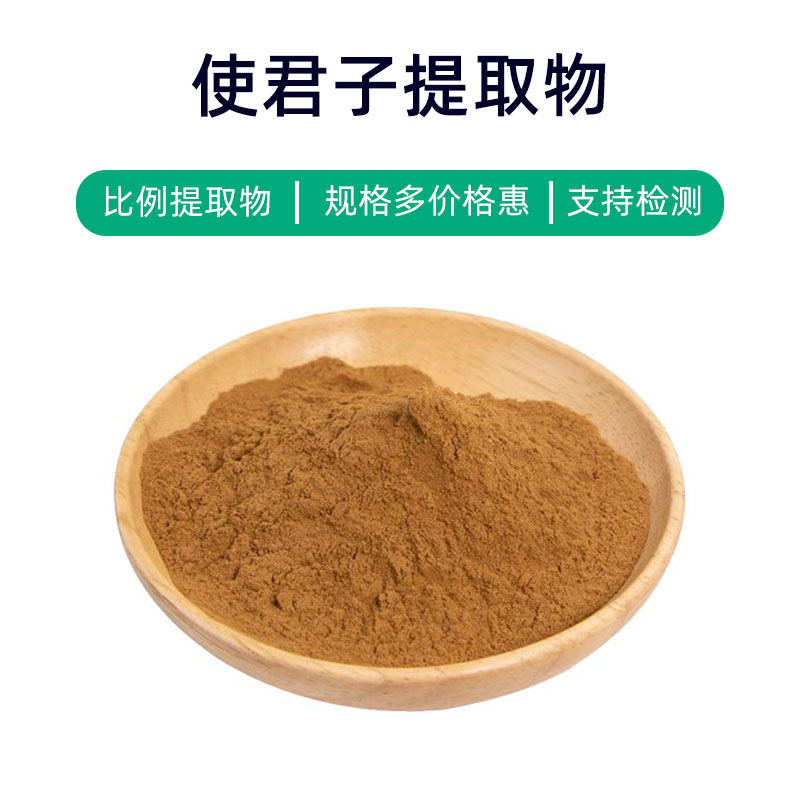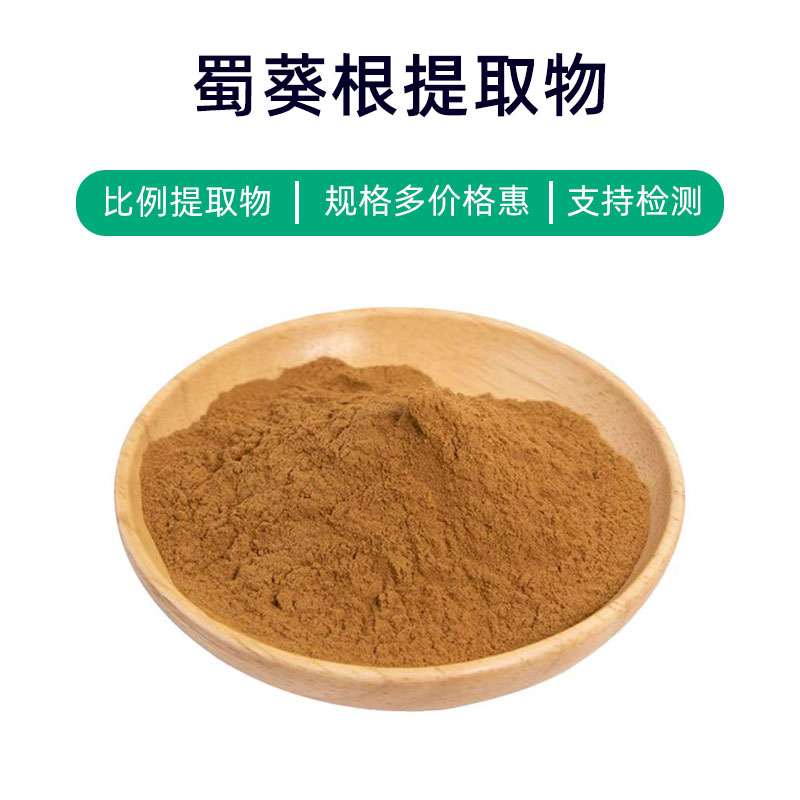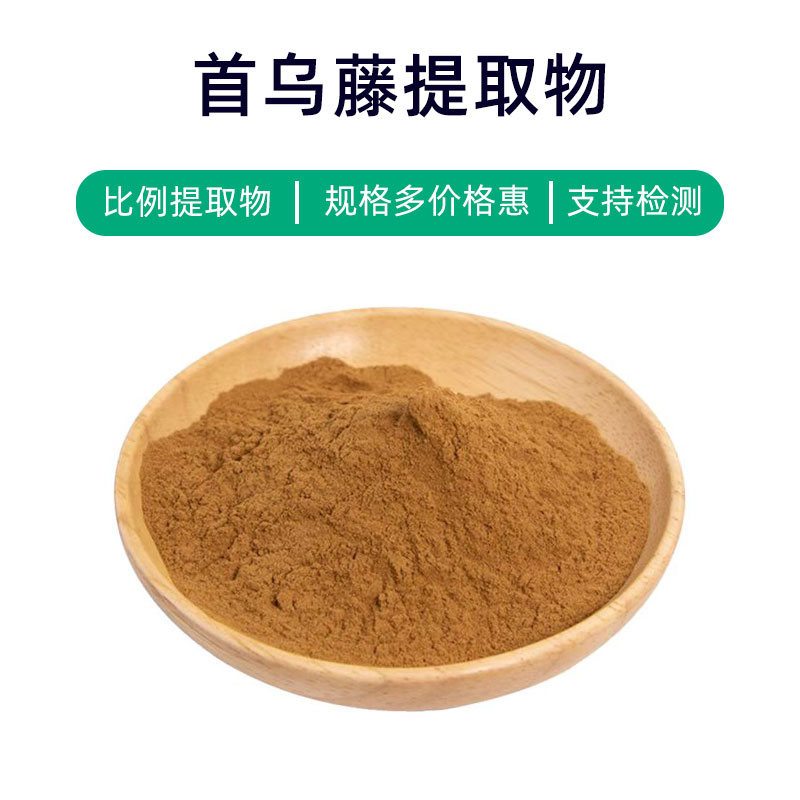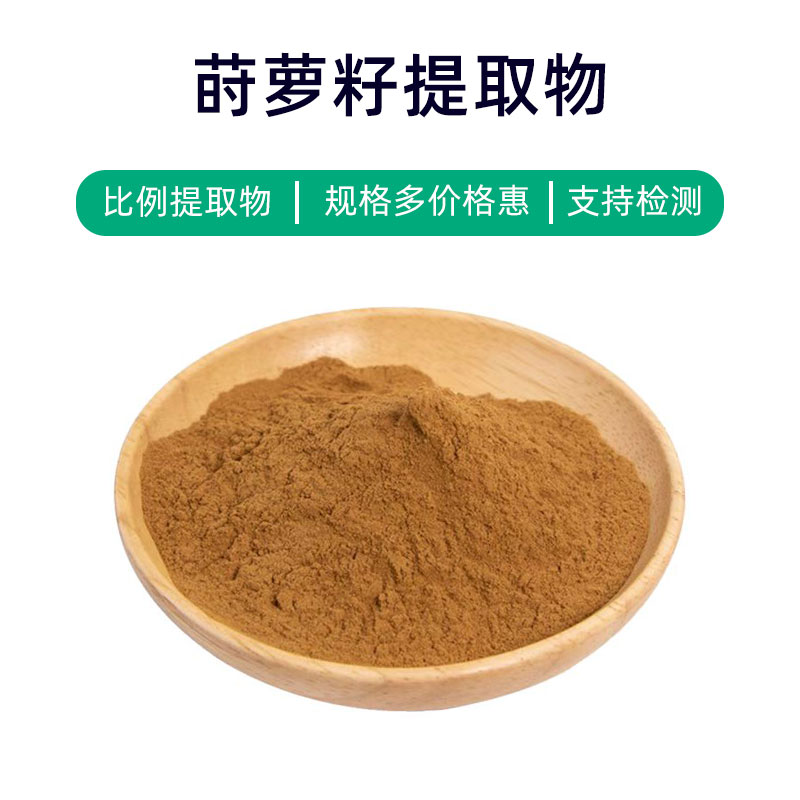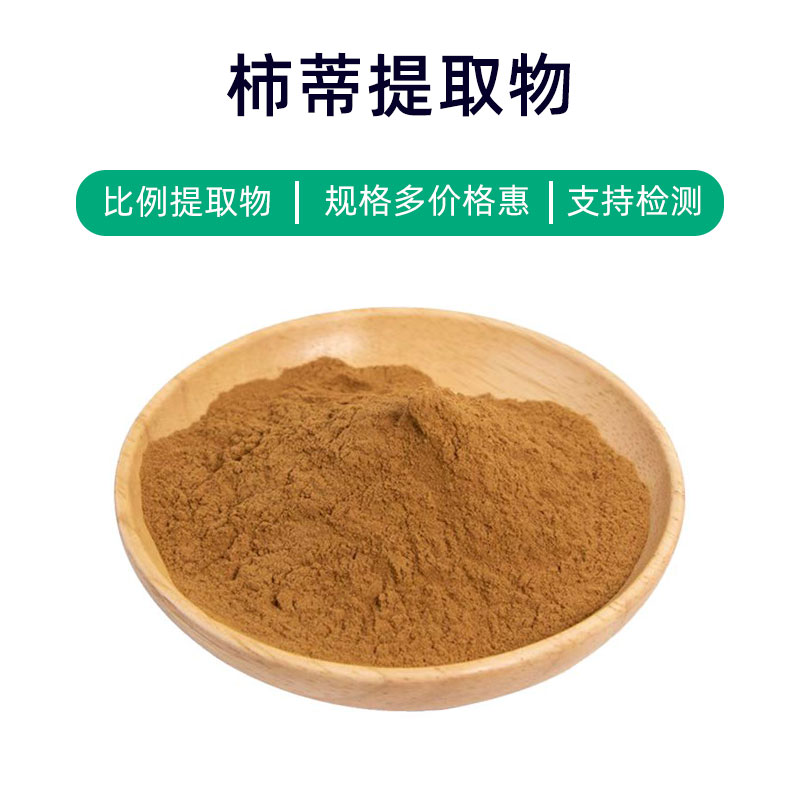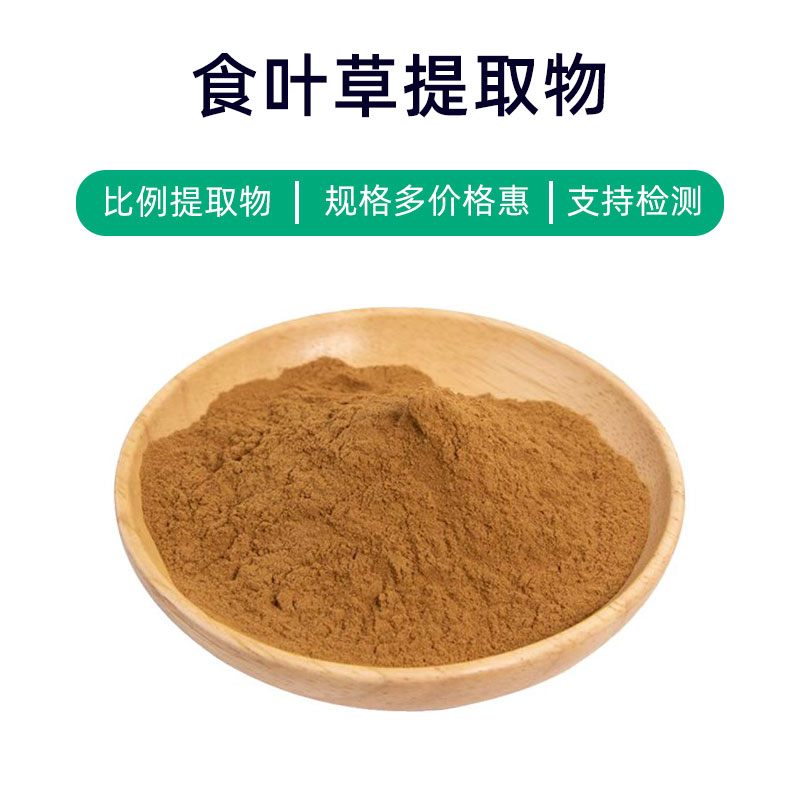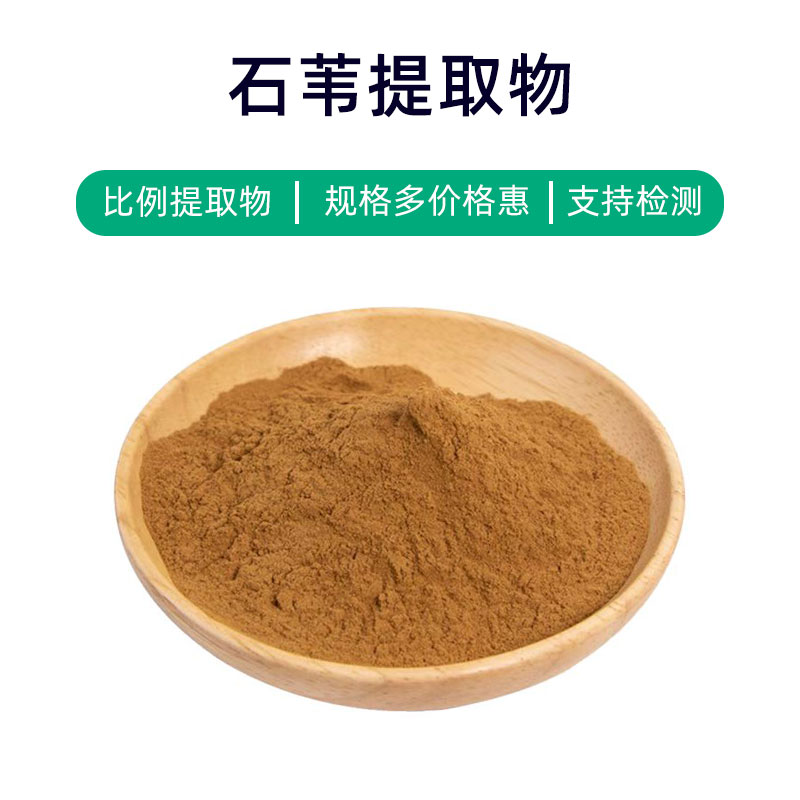Introduction to Fructus Bruceae Extract
Fructus Bruceae Extract is a commonly used herbal material with main components including Bruceine and isothiocyanate compounds. It is widely applied in the medical field and offers various health benefits.
Firstly, Fructus Bruceae Extract is extensively used for its anti-inflammatory and antioxidant properties. Bruceine is an effective anti-inflammatory component that can alleviate inflammatory responses and may provide relief for conditions such as arthritis and rheumatism. Meanwhile, isothiocyanate compounds exhibit significant antioxidant effects, helping to eliminate free radicals in the body, slow down cellular aging, and boost immunity.
Secondly, Fructus Bruceae Extract holds some value in cancer and tumor treatment. Studies have shown that Bruceine possesses anti-cancer properties, capable of inhibiting tumor cell growth and spread, indicating potential therapeutic effects for certain cancers. Additionally, isothiocyanate compounds are believed to have a suppressive effect on certain tumors, aiding cancer treatment.
Moreover, Fructus Bruceae Extract is also frequently used to modulate immune function and enhance the body’s resistance. Active ingredients like Bruceine can regulate the immune system, improve immune function, and reduce the incidence of infections and diseases. Thus, it is widely used in traditional Chinese medicine formulations and dietary supplements.
In summary, as an important herbal material, Fructus Bruceae Extract offers multiple benefits, including anti-inflammatory, antioxidant, anti-cancer effects, and immune regulation, making it suitable for use in Chinese medicine formulations and dietary supplements, thus contributing to people’s health.
Production Process of Fructus Bruceae Extract
The production process of Fructus Bruceae Extract typically involves the following steps:
- Raw Material Collection: Fresh Fructus Bruceae plants are collected. It is essential to choose plants grown in a pollution-free environment and to gather them during an appropriate growth period, ensuring the quality and efficacy of the extract.
- Raw Material Processing: The collected Fructus Bruceae plants undergo preliminary processing, including cleaning, impurity removal, and drying. These steps ensure the raw material is clean and safe, preparing it for subsequent extraction.
- Extraction Process: Fructus Bruceae Extract is usually obtained using water extraction, ethanol extraction, or supercritical CO2 extraction methods. Water extraction is suitable for water-soluble components, ethanol extraction for lipid-soluble components, while supercritical CO2 extraction can efficiently extract a variety of components in an environmentally friendly manner.
- Concentration and Drying: The obtained solution is concentrated, typically using vacuum concentration or spray drying techniques. These processes remove solvents from the solution, yielding dry extract powder.
- Milling and Sieving: The dry extract powder is then milled and sieved to ensure uniform particle size, remove impurities, and enhance product purity and quality.
- Packaging and Storage: Finally, the extract powder is packaged, usually in a sealed and moisture-proof manner to prevent dampness and oxidation. It should be stored in a cool, dry place and protected from direct sunlight and high temperatures to maintain stability and effectiveness.
Following these production steps results in high-quality and safe Fructus Bruceae Extract products, ensuring their efficacy and application value.
Effects and Side Effects of Fructus Bruceae Extract
Fructus Bruceae Extract is a common herbal material also widely used in dietary supplements and cosmetics. It has various benefits and effects, but it is important to follow a doctor’s advice for treatment of specific diseases and avoid self-medication.
- Anti-inflammatory Effects: Fructus Bruceae Extract contains various anti-inflammatory active ingredients that can reduce inflammatory responses, alleviating pain and swelling.
- Antioxidant Effects: The active components in the extract possess strong antioxidant abilities, helping to remove free radicals, slow the aging process, and improve the body’s resistance.
- Immune Regulation: Fructus Bruceae Extract can modulate immune function and enhance the body’s immunity, helping to prevent infections and diseases.
- Antimicrobial Effects: Some studies indicate that Fructus Bruceae Extract may suppress certain bacteria and fungi, serving as an adjunctive treatment for specific infectious diseases.
- Digestive Improvement: It has been observed that Fructus Bruceae Extract can protect the gastrointestinal tract, alleviate discomfort, and improve digestive function.
- Anti-tumor Effects: Some research suggests that the active components in Fructus Bruceae Extract may inhibit certain tumor cells, indicating some anti-tumor potential, but further clinical studies are needed for validation.
- Beauty and Skincare: Fructus Bruceae Extract is widely used in cosmetics for its moisturizing, anti-wrinkle, and whitening effects, contributing to improving skin condition.
It is important to note that while the side effects of Fructus Bruceae Extract are minimal, caution is still advised during use. Some individuals may experience allergic reactions, such as skin redness or itching, so a skin sensitivity test is recommended before use. Additionally, long-term use in high doses may affect liver and kidney function, so it is advisable to use under medical supervision and to adhere to the dosage instructions in the product manual.
Application Scenarios and Dosage of Fructus Bruceae Extract
Fructus Bruceae Extract is widely applied in the fields of medicine, food, and cosmetics, with dosage varying by specific application scenarios. Below is a detailed introduction to its applications and dosages across different fields:
- Medical Applications:
Fructus Bruceae Extract has a long history in traditional Chinese medicine, commonly used to regulate the spleen and stomach, eliminate dampness and phlegm, and promote bowel movements. Typical administration involves brewing or dissolving, with specific dosages determined based on doctor recommendations and individual circumstances, generally advising adults to take 5-10 grams per dose, divided into two or three servings. - Food Applications:
Fructus Bruceae Extract is also widely utilized as a food additive in health foods and functional beverages. The dosage is typically controlled according to product formulations and national food safety standards, ensuring it does not exceed the maximum allowed limit. - Cosmetic Applications:
In cosmetics, Fructus Bruceae Extract is commonly found in skincare products, cleansers, and masks, noted for its moisturizing, antioxidant, whitening, and anti-inflammatory effects. The dosage is usually a part of the product formulation; use as per the product manual or doctor's advice is recommended.
Overall, Fructus Bruceae Extract, as an herbal material, should be used under the guidance of healthcare professionals, with dosages following product instructions or medical advice. It is important to avoid arbitrary changes to dosage or frequency. If any discomfort occurs during use, it is advised to stop immediately and consult a professional.
Description of the Source Plant of Fructus Bruceae Extract: Distribution and Growing Environment
Fructus Bruceae (Scientific Name: Cassia obtusifolia L.) is an ancient and widely distributed plant belonging to the legume family, typically found in tropical and subtropical regions. Below is a detailed description of the source plant of Fructus Bruceae Extract, including its introduction, distribution, and growing environment:
- Plant Introduction:
Fructus Bruceae is a common annual herb with an upright stem, approximately 30-100 cm tall. Its leaves are glossy, oval or elliptical, blunt at both ends, with long petioles and smooth stipules. The inflorescence is a terminal or axillary raceme, with small yellow flowers and pods containing flat, brownish seeds. - Distribution:
Fructus Bruceae is found widely across tropical and subtropical regions in Asia, Africa, and the Americas, particularly in countries such as China, India, Vietnam, Thailand, the United States, and Brazil. In China, it is distributed in provinces south of the Yangtze River, notably more common in regions like Jiangsu, Zhejiang, and Hunan. - Growing Environment:
Fructus Bruceae thrives in warm and humid environments. It is not particularly demanding on soil but prefers well-drained, fertile, and loose sandy soils. It is typically found in fields, ditches, edges of fields, wastelands, roadsides, and lower hillside areas. It requires moderate sunlight—being tolerant of both partial shade and direct sunlight—but favors a humid climate and cannot tolerate drought. - Main Distribution Areas:
In China, Fructus Bruceae is widespread in southern provinces such as Jiangsu, Zhejiang, Fujian, Guangdong, Guangxi, Hunan, and Hubei, especially common in southern regions. Globally, its distribution spans tropical and subtropical areas in Asia, Africa, and the Americas.
In summary, Fructus Bruceae is a resilient and adaptable plant widely found in tropical and subtropical regions, with relatively lenient growth environment requirements, thus making it present in various locations.
Processing and Storage of Fructus Bruceae Extract
The processing of Fructus Bruceae Extract includes the following steps: First, the dried plant material undergoes initial handling, such as impurity removal and cleaning. Then, extraction is performed, typically using water or alcohol extraction methods. Next, concentration, filtration, decolorization, and other treatments are conducted. Finally, drying and milling produce the final extract. During storage, it should be kept in a cool, dry place, protected from direct sunlight and damp environments, to maintain stability and the integrity of its active components.
Monica Sun is a seasoned expert in the plant extraction industry with over a decade of experience in research and production. She specializes in the extraction and purification of plant active ingredients, focusing on driving innovation in natural product applications. Monica has participated in the development of multiple functional plant extracts, delivering high-value natural raw material solutions for the health food, pharmaceutical, and dietary supplement sectors.

